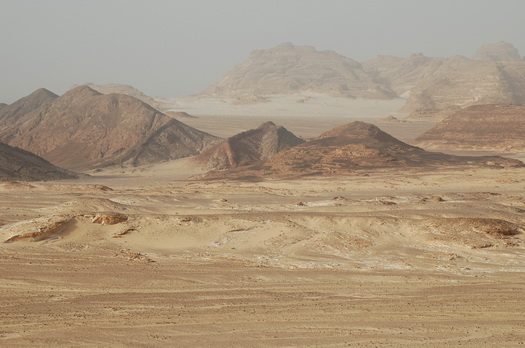
Weekly Dvar Torah: Mourning the Exile – Insights from The Breaking of The Luchos
On Shiva Asar B’Tammuz (the 17th of Tammuz), we observe a fast that ushers in the three weeks of mourning for the destruction of the Temples in Jerusalem and the subsequent exiles. This period also commemorates the numerous tragedies that have befallen the Jewish people throughout history. This day is particularly significant as it marks the anniversary of five major calamities, starting with the breaking of the Luchos (Tablets) by Moshe Rabbeinu (Moses).
When Moshe descended from Mount Sinai with the Tablets, he discovered the Jews worshipping the golden calf. This profound betrayal led Moshe to shatter the Tablets, symbolizing that the people’s actions were incongruent with the Divine laws inscribed on them. This act reflects the disconnection between the sacred covenant and the people’s behavior.
The breaking of the Tablets provides insight into the trials and potential redemption of the Jewish people. The first set of Tablets was entirely crafted by G-d—both the stone and the script were Divine. This miraculous nature signifies a pure transmission of Divine will. However, following the breaking of these Tablets, Moshe ascended Mount Sinai again to plead for the people’s forgiveness. After 80 days of intercession, G-d instructed Moshe to carve a new set of Tablets himself, with the inscription now being a conventional act rather than a miraculous one.
The Hayom Yom for the 17th of Tammuz, along with Chassidic sources, highlights the differences between the first and second Tablets. The first Tablets were Divine in both creation and inscription, reflecting the eternal and unchangeable nature of G-d’s laws. They symbolized a unique liberation, linked to the concept of ‘Cheirus’ (freedom). In contrast, the second Tablets were crafted by Moshe and inscribed in a conventional manner, subject to human limitations.
The spiritual state of the Jewish people also shifted between the two events. The first Tablets were given when the people were spiritually elevated as Tzadikim (righteous individuals). After the sin of the golden calf, they were at a lower spiritual level, receiving the second Tablets on Yom Kippur as Baalei Teshuva (repentants). This change affected the nature of the Tablets and Divine interaction.
Moshe also experienced a reduction in his spiritual status. The initial reception of the first Tablets granted him a thousand Divine “lights,” which were withdrawn after the sin. Only a fraction of these lights remained with the second Tablets, highlighting the gravity of the sin and its impact.
Despite these differences, the second Tablets had their own advantages. The Talmud and Midrash suggest that had the people not sinned, the first Tablets would have included only the Five Books of Moses and the Book of Joshua. However, following their repentance, G-d provided a richer body of knowledge with the second Tablets, including the Oral Torah, encompassing Halacha, Midrash, Aggadah, and the two Talmuds.
Moreover, Moshe’s spiritual elevation was also marked by the radiance of his face, a physical manifestation of his elevated status that required him to cover his face to avoid overwhelming others. This radiance and the expansion of Torah knowledge are seen as compensatory gifts for the loss of the first Tablets’ direct Divine revelation in the form of 1000 Divine lights.
In reflecting on the seemingly dark times marked by the loss of the first Tablets, we find that these periods of mourning and reflection bring forth a deeper engagement with G-d’s wisdom. The first Tablets, with their direct Divine craftsmanship and inherent permanence, symbolize an ideal state of revelation and connection. However, the subsequent Tablets, while seemingly less perfect in their physical form and the circumstances of their giving, embody a richer and more complex spiritual journey. The richness of the Oral Torah and the spiritual insights gained during these times provide a profound connection to G-d, achieved through our own efforts and limitations.
These differences highlight a critical aspect of our relationship with G-d: The Divine intent is not solely for us to bask in overt, unmediated revelations. Instead, G-d desires us to engage actively, to delve deeply into the layers of wisdom and spirituality that come from our own efforts and struggles. It is through this process of seeking, questioning, and striving that we achieve a more profound connection and understanding.
G-d’s expectation is for us to work hard and invest our efforts in exploring and uncovering the Divine truths within the complexities of our lives. This journey of spiritual labor and perseverance is not merely a path to redemption but the essence of what G-d envisions for us. True and complete redemption arises not from effortless insight but from the transformative experience of working through challenges and discovering deeper truths.
Thus, the ultimate lesson from the period of mourning and the transition from the first to the second Tablets is that G-d’s purpose is for us to engage in a meaningful and active pursuit of spiritual growth. It is through this diligent effort that we align with G-d’s will and prepare ourselves for the full and final redemption that awaits.
Have a Deeply Engaging Shabbos,
Gut Shabbos
Rabbi Yosef Katzman















